What is OSI model?
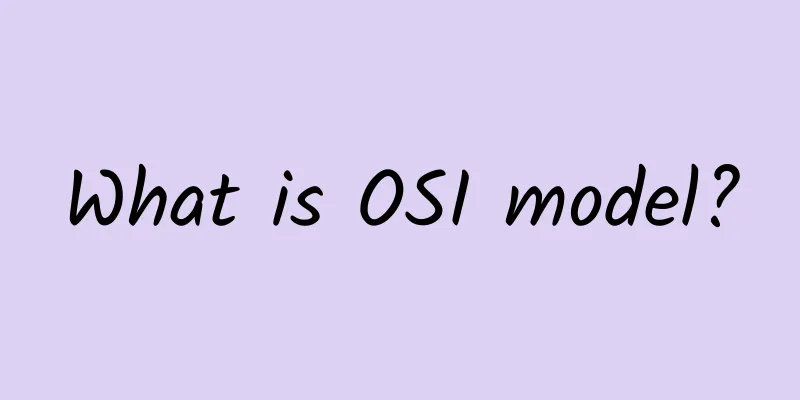
|
Today I tweeted some thoughts about how the OSI model doesn't really match up to how TCP/IP actually works, and it got me thinking - what exactly is the OSI model? Reading some of the responses on Twitter, it seems there are at least three different ways of thinking about it:
In this article, I'm not going to try to argue which of the above is the "real" OSI model - different people seem to think about it in all of these ways. It doesn't matter. The OSI model has seven layersBefore we discuss what the OSI model means, let's discuss what it is in general. It is an abstract model that describes how a network works on seven numbered layers:
I won't waste time explaining what each layer means, there are thousands of explanations available online. The OSI Model: A Literal Description of How TCP/IP WorksFirst, I want to talk about a common way people use the OSI model in practice: as a literal description of how TCP/IP works. Some layers of the OSI model map very easily to TCP/IP:
This mapping makes sense for layers 2, 3, and 4—a TCP packet has three headers corresponding to these three layers (Ethernet header, IP header, and TCP header). It's useful to describe the different headers in a TCP packet with numbers - if you say "layer two", it's obvious that it's "below" layer three, because two is smaller than three. The weird thing about the "OSI model as a literal description" is that layers 5 and 6 don't really correspond to anything in TCP/IP - I've heard lots of different interpretations of what layer 5 or 6 might be (you could say layer 5 is TLS or something!) but there's no clear correspondence like there is with layers 2, 3, and 4 where "each layer has a corresponding header in the TCP packet". Furthermore, some parts of TCP/IP don't fit neatly into the OSI model even at layers 2 to 4 - for example, which layer are ARP packets? ARP packets send some data with an Ethernet header, so does that mean they're layer 3? Or layer 2? The Wikipedia article listing the different OSI layers categorizes them as "layer 2.5", which is not very satisfying. Because the OSI model is sometimes used to teach TCP/IP, it can be confusing to understand which parts of it map to TCP/IP and which parts don't. This is the real problem. The OSI model: an abstraction for comparing network protocolsAnother way I’ve heard of thinking about OSI is that it’s an abstraction that can be used to draw analogies between many different network protocols. For example, if you want to understand how the Bluetooth protocol works, maybe you could use the OSI model to help you — here’s a diagram I found on this page that shows how the Bluetooth protocol fits into the OSI model. The OSI model: a literal description of some obsolete protocolsSome very brief research on Wikipedia shows that in addition to the abstract description of these seven layers, the OSI model also includes a set of specific protocols that implement these layers. Apparently this happened during the Protocol Wars of the 70s and 80s, where the OSI model lost and TCP/IP won. This explains why the OSI model does not correspond well to TCP/IP, because if the OSI protocol had "won" at the time, then the OSI model would correspond exactly to how Internet networks actually work. ConclusionI wrote this post because when I first learned about the OSI model, I found it very confusing (What are all these layers? Are they real? Is this how networking actually works? What's going on?) I wish someone had told me that as someone who only uses TCP/IP networking protocols, I only need to understand how OSI model layers 2, 3, 4, and 7 relate to TCP/IP and then ignore everything else about it. So I hope this post helps someone! |
<<: CryptoMB accelerates TLS handshake performance in service mesh Istio
>>: Networking in Pictures: What is Virtual Router Redundancy Protocol (VRRP)?
Recommend
5G brings unlimited opportunities to different industries
The workplace of tomorrow will look different tha...
Can hyper-converged systems benefit from SDN architecture?
Hyperconverged systems are rapidly gaining popula...
Do you know the functions of these interfaces on the monitor?
From the previous CRT monitors to the current LCD...
It is estimated that 5G will directly drive economic output of 1.45 trillion yuan in 2022
On January 8, 2023, China Academy of Information ...
Huawei's Song Xiaodi: Breaking five misconceptions and accelerating green development
At the Huawei Day0 Lighting Up the Future Summit ...
VMISS 20% off, Los Angeles CN2 GIA/AS9929/Hong Kong/Korea/Japan VPS monthly payment starts from 4 Canadian dollars
VMISS is a foreign hosting service provider regis...
Connectivity trends: All roads lead to Wi-Fi in 2023 and beyond, says Wi-Fi Alliance
Despite turbulent times, Wi-Fi has had a stellar ...
Are there many pitfalls when porting your number? These users can't even do it
In the week since the black hole photo was releas...
How is LOCVPS? Simple test of LOCVPS Hong Kong Kwai Wan VPS
Among the Chinese merchants shared in the blog, L...
An oscillation almost ruined my work. It turned out to be caused by an IP address conflict!
Switches are in the arena, and it is not okay to ...
Have you already moved to SDN network?
Today's networks are constantly changing and ...
Types of Cabling in a Structured Cabling Environment
If you are considering a structured cabling envir...
[11.11] DogYun: 30% off on Elastic Cloud, 20% off on Classic Cloud, 100 yuan off on Dedicated Server/month, 1 yuan free for every 11 yuan spent
DogYun has just released its promotional plan for...
With the advent of 5G, will the future of commercial Wi-Fi be a setback or a step forward?
Entering the Internet age, the Internet allows pe...
10% off on all CMIVPS VPS, starting from $2/month for Hong Kong CN2 line, starting from $16/quarter for Seattle VPS Sparta
CMIVPS sent a 10% discount code for all VPS, incl...
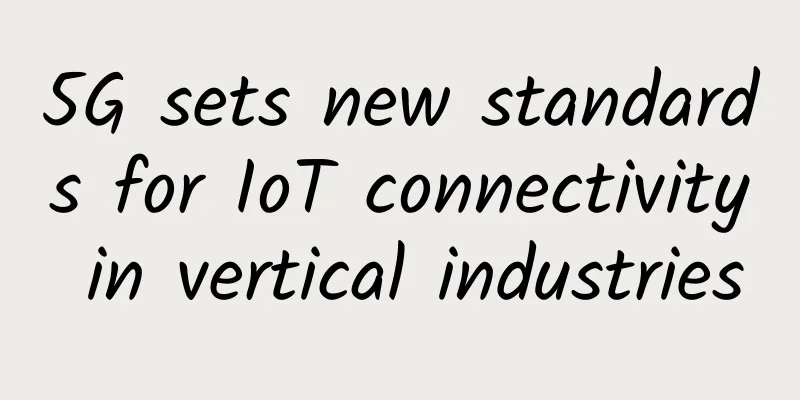

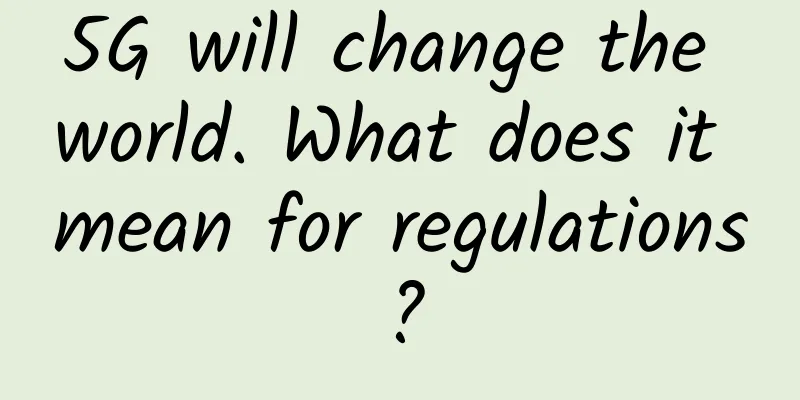
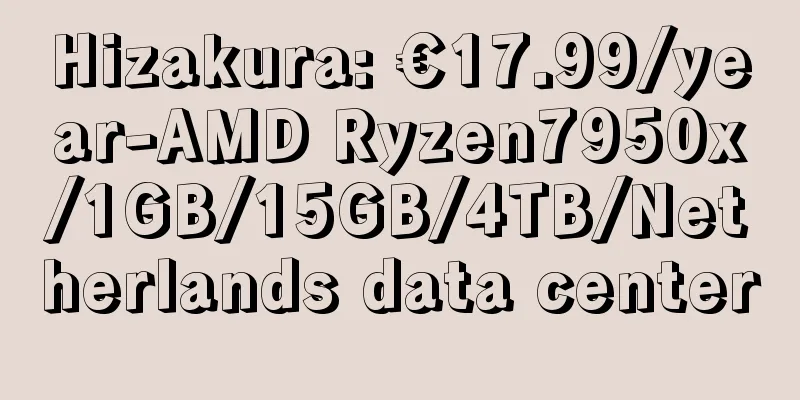
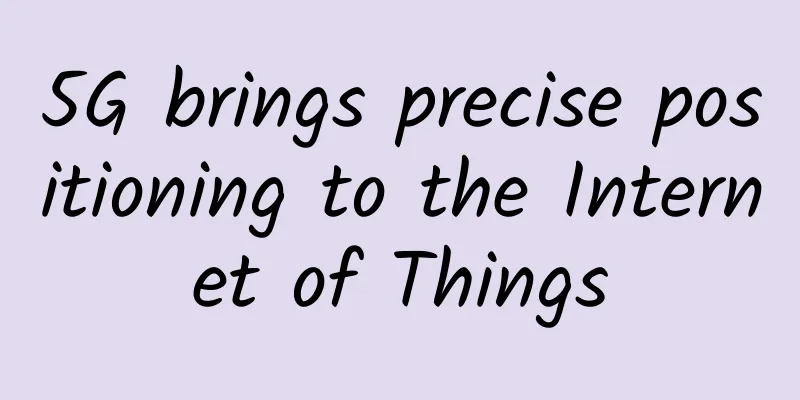
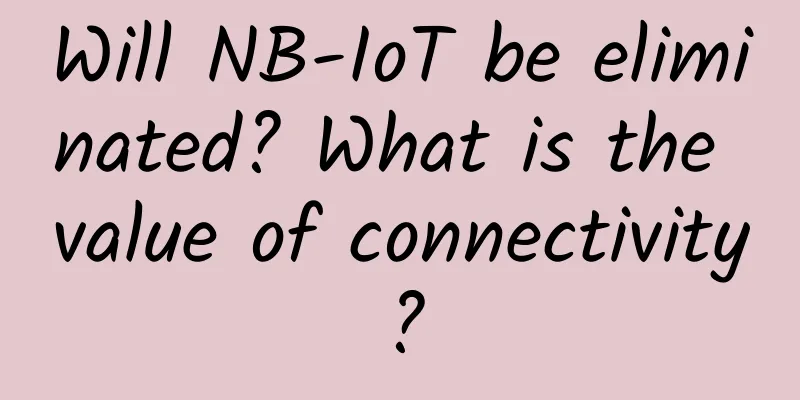


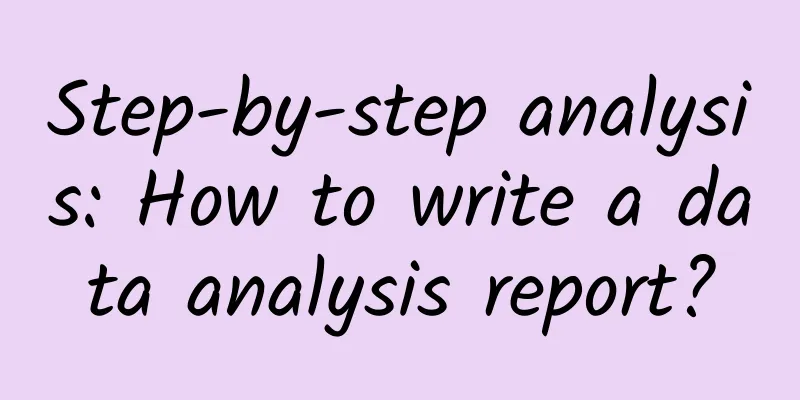
![[cyberMonday] DediPath: VPS starts at $10 per year, dedicated server starts at $108/three months, 1Gbps unlimited traffic, multiple data centers in Los Angeles and other places](/upload/images/67cac00425403.webp)